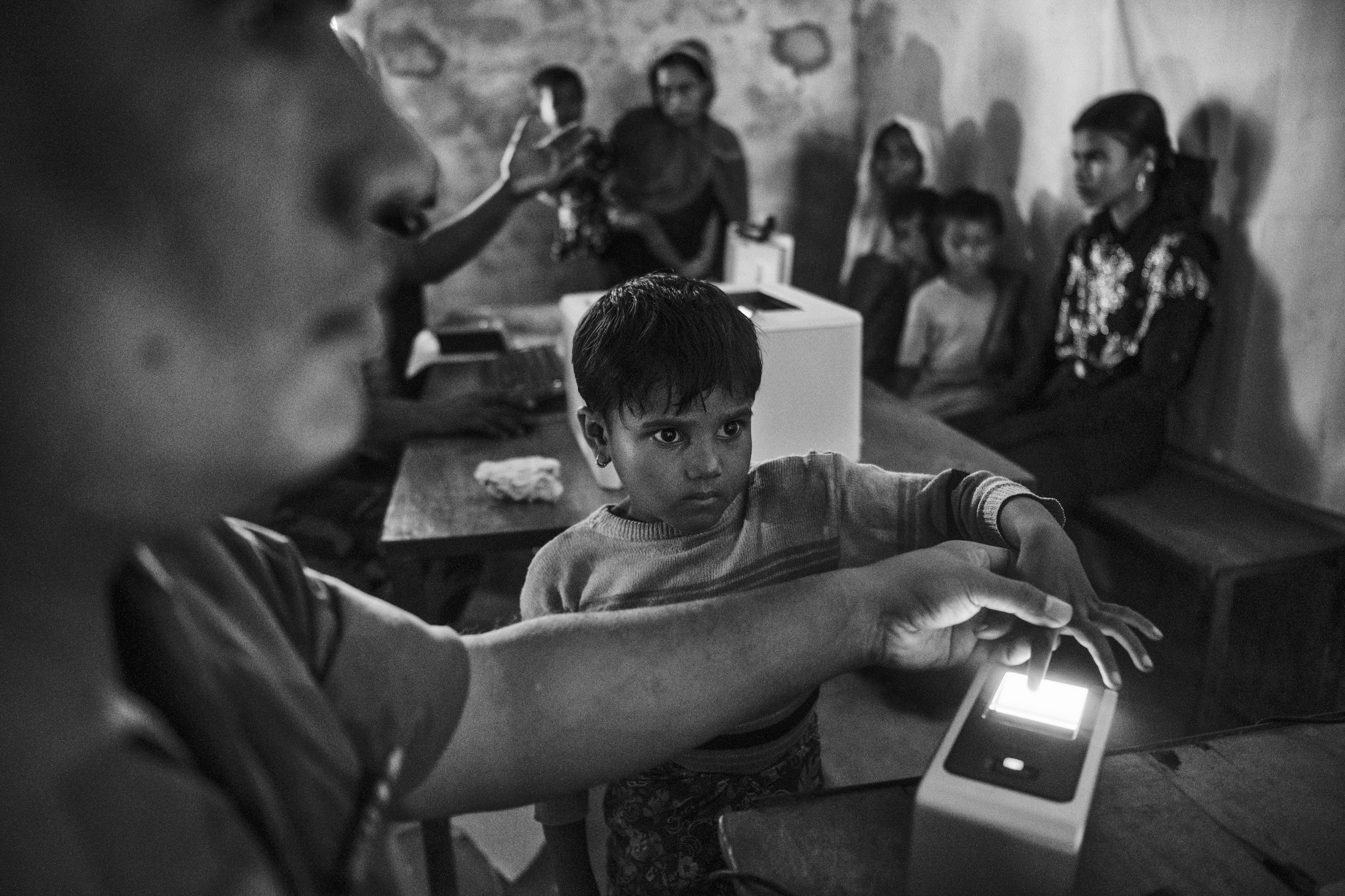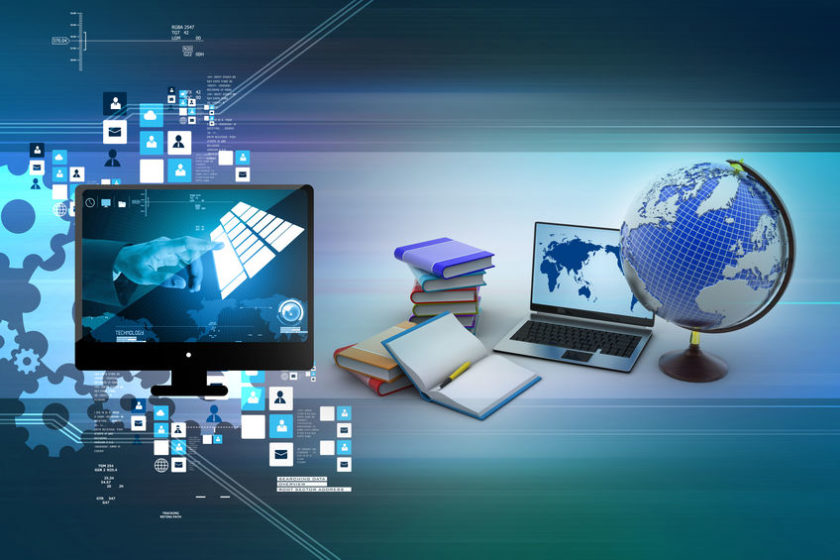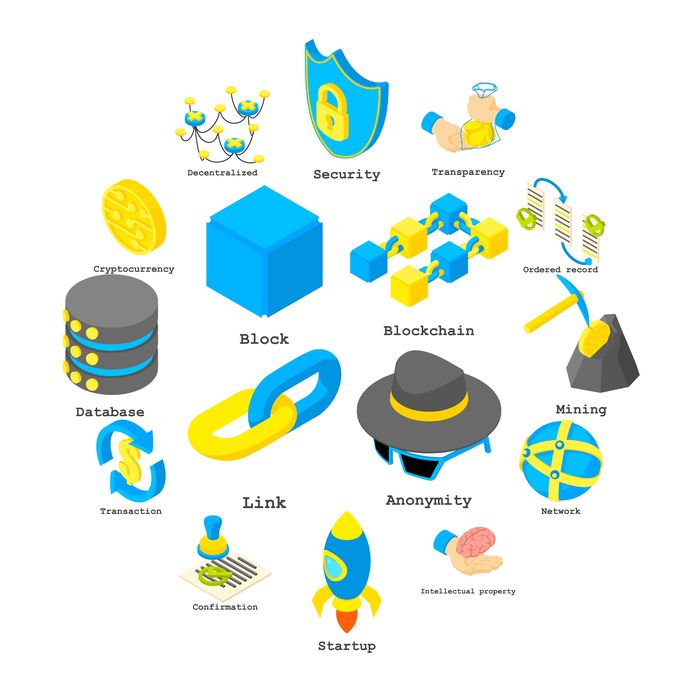When Toufic Al Rjula applied for asylum in the Netherlands four years ago, he handed over all the original copies of his documents to the immigration office: his passport, his driver’s license, everything. “They even took my library card,” he says.
His asylum claim took two years to be processed, during which time he had no legal proof of his identity. Al Rjula, who is Syrian, had been living in the Netherlands on a work contract before seeking asylum. “I thought: ‘I live in the Netherlands, I have a tax code and a dog, but I’m literally invisible.’”
Born in Kuwait in the 1980s, Al Rjula had faced this issue before. During the Gulf War, his birth certificate was destroyed in a fire at a government building in Kuwait City. That meant that Dutch authorities had to put “unknown” as his city of birth on his driving license.
Based on his experiences, and on conversations with other Syrian refugees, he argues that so many of these issues — the slowness, the lack of status, the difficulty accessing services — could be solved simply by replacing our largely paper-based identity systems with something better. So, along with two co-founders, Khalid Maliki and Jimmy J.P. Snoek, Al Rjula began a start-up called Tykn in 2016, which uses blockchain technology to store identities of refugees and migrants.
I live in the Netherlands, I have a tax code and a dog, but I’m literally invisible.
He explains that the technology — which creates networks of computers that form a secure chain of information and requires digital keys to access — offers the potential for vital information to be stored permanently, which would not rely on people having to carry around paper identity cards that could get stolen or lost.
“By creating a global registry for public keys that can verify off chain identity data, we can create identities that are portable, private and secure,” says Al Rjula.
It’s a complex concept. Blockchain technology was originally created for the entirely different purpose of having a “decentralized” ledger — one that is not reliant on one central server to collect and send out information — for bitcoin transactions. It meant that each time bitcoin was spent, it was recorded and therefore couldn’t be spent twice because every networked computer would see the transaction. Since then, tech insiders have been fascinated by the additional applications that blockchain technology could have, beyond the buying and selling of cryptocurrency.
Most importantly for Al Rjula, he wants people’s legal identities to exist regardless of whatever paperwork they happen to be carrying when they flee conflict, persecution, or natural disaster.
Most of Tykn’s work is with NGOs that work directly with refugees. For instance, it is currently working on Project Zero Invisible Children, which aims to permanently certify the identity of children in conflict zones. Their partner organizations receive “digital signatures” and will then assign portable identity cards through their usual processes, similar to UNHCR registration cards. The process will ultimately allow refugees and other stateless people to access the global registry system through a smartphone.
“NGOs often have to do multiple registrations to multiple assistance programs. But, this way, they only need to do it once for the same person,” Al Rjula says. “The identity data is stored by its owners, and sharing it happens only with his or her consent.”
Al Rjula isn’t alone in noticing the potential of this technology. The Rohingya Project is also working to develop blockchain-enabled identities. The project hopes to reach the estimated two million stateless Rohingya people living around South Asia and the Middle East with the goal of encouraging financial inclusion.
Giving people secure control over their information can help with finance, education, and employment.
Muhammad Noor, a Rohingya community leader living in Malaysia, is spearheading the project. He has a background in computer science and has launched a number of projects aimed at helping his community, including a Rohingya media channel, a football club, and a computer typeface for the Rohingya language.
He explains his goal is creating a global census of registered identities that will be recognized by financial institutions. “The businesses Rohingya run are all cash,” he says. “It’s all in the dark economy, not the mainstream economy. I want to bring them financial inclusion and that will be a starting point that will enable development. Right now, they have no credit history, they can’t get loans, banks don’t know them.”
Another use for this technology could be a kind of “digital stamp” for people’s professional qualifications. The Humanized Internet, a nonprofit set up by Monique Morrow, formerly a chief technology officer at Cisco, has won funding to accredit refugees’ skills and keep them as portable CVs. Similarly, the Norway-based startup Diwala has recently piloted a decentralized platform to verify people’s skills in Uganda, focused on helping unemployed young people.
The possibilities for blockchain technology are endless, especially for those working with refugees, and for those in the international development sector writ large. Giving people secure control over their information can help with finance, education, and employment. However, some in the aid community remain wary, arguing that the focus must remain on finding lasting political solutions and not on tech bandaids.
Emre Korkmaz, a lecturer in migration and development at the University of Oxford, isn’t totally convinced about the virtues of blockchain. He critiques the new “power relations” that can emerge with the advent of new systems. For example, if blockchain technology is delivered in a camp setting where refugees are essentially a captive audience, they might feel they have no power to refuse to consent to the collection of their personal data.
Some UNHCR programs rely on the collection of biometric data through an iris scan. But Korkmaz says that some refugees have expressed health concerns about getting their irises scanned. However, if refugees want to access services, they have no choice but to consent. (Privacy concerns are one reason why Tykn does not use iris scans in its technology — specifically, that they do not have a way to store the biometric data on an individual’s devices, and it would instead be stored in a centralized way.)
In a camp, where refugees are essentially a captive audience, they may feel powerless to refuse consent for the collection of their personal data.
Korkmaz is also concerned about the use of refugees’ personal information. “What are the measures to prevent technology corporations that develop these programs to use this data for their corporate interests?” he asks. “Are refugees informed on the fate of [their] data?”
These questions are on the minds of those developing digital identity technology. Adithya Pradeep Kumar works for Procivis, a Swiss tech company that has piloted the technology in Switzerland and has partnered with the Rohingya Project. Kumar says he studied the digital identity programme in his own country, India, before joining Procivis, and he learned a lot about the privacy risks. “India is pioneer of digitizing services. It launched its digital identity program to streamline the process of delivering subsidies, which was hugely inefficient and wasteful before then.”
But Kumar adds that “the India example was plagued by a lot of privacy concerns because of the biometric data held on a central database. What we are looking to do is decentralize this situation, so that the information is held on the smart devices of the citizens themselves…privacy by design has to be kept in mind as a fundamental principle.”
Al Rujla acknowledges that this nascent technology faces a number of challenges before it can be fully embraced and operational. “What if the refugee loses his or her phone, how can they retrieve their data? What if there is no internet connection? Can it work offline? Can it be hacked? There are so many questions,” he says. “But they are all technical challenges we have the capacity to solve — none of them is greater that the biggest challenge which is adoption. It’s the building of trust between refugees and NGOs.”
Al Rujla hopes that his personal experience as a Syrian asylum seeker himself will help build that trust. “We can make the case through my story — by showing people that it was built for refugees by refugees.”





